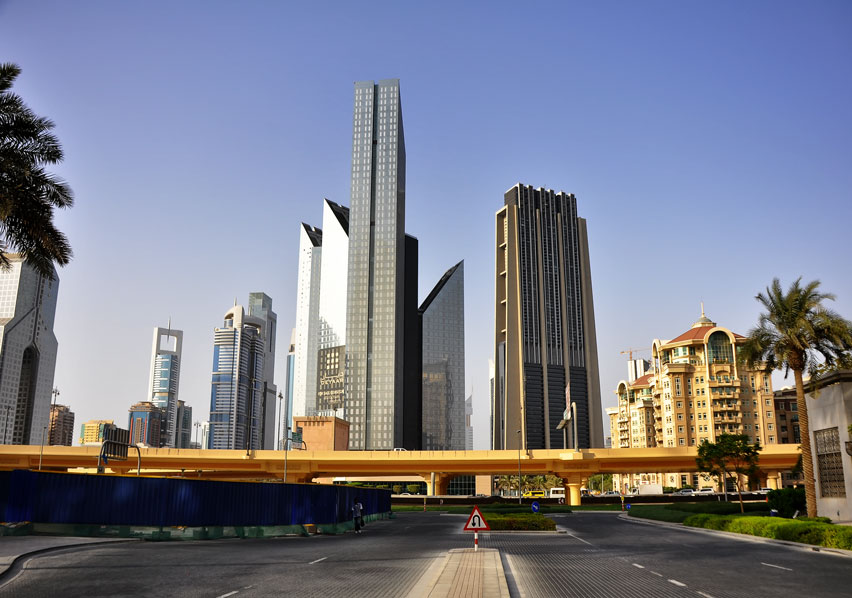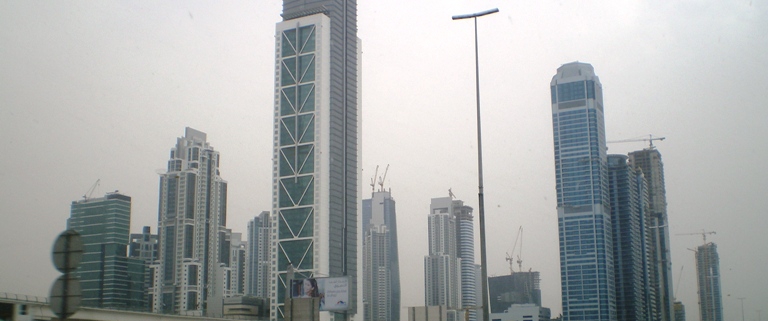New inclement weather speed limits to be introduced in the UAE
We all know that common sense dictates that when the weather is bad, or visibility is low, you should reduce your speed accordingly. Not everyone seems to share this view, however. This has led the Abu Dhabi Traffic Safety Committee to announce a reduction of the speed limit to 80 km/h on certain roads.
 According to officials, the new speed limits will come into effect when visibility is under 200 metres.
According to officials, the new speed limits will come into effect when visibility is under 200 metres.
The overhead gantries on Sheikh Rashid Bin Saeed Street (Dubai Road, Abu Dhabi), and Sheikh Khalifa Street (Al Saadiyat), will display the modified speed limits when necessary. Roads that don’t have the benefit of smart overhead signs will instead have to rely on the old standby of a fixed speed limit sign.
Taking care in poor weather
It’s imperative that when the weather takes a turn for the worse, your driving style adapts. Cars are allowed to return to the normal speed limits when visibility has come back. It’s important to note, however, that any radar or speed-scanning equipment along the road will adjust according to the prevailing weather conditions.
Fog and rain are dangerous, but human error is even more dangerous. According to the Abu Dhabi police, the overwhelming majority of accidents in these conditions are as a result of human error. That means being impatient – tailgating and speeding in bad weather – is a shortcut to a potentially fatal accident.
Don’t use the hazards
Extra visibility is good in bad weather, so the flashing of your hazards is a good thing. Right? Wrong! It can actually be an extreme distraction to other motorists to use your hazards for any other reason than they are intended for. That means when you’ve broken down or been involved in an accident. Those using their hazards unnecessarily will be subject to a potential 500 AED fine.
Similarly, killing too much speed can be dangerous. Going over the speed limit is bad, but so too is travelling considerably under it. The speed limit has been specifically calculated for optimum safety and traffic flow, so make sure you stick to it.



